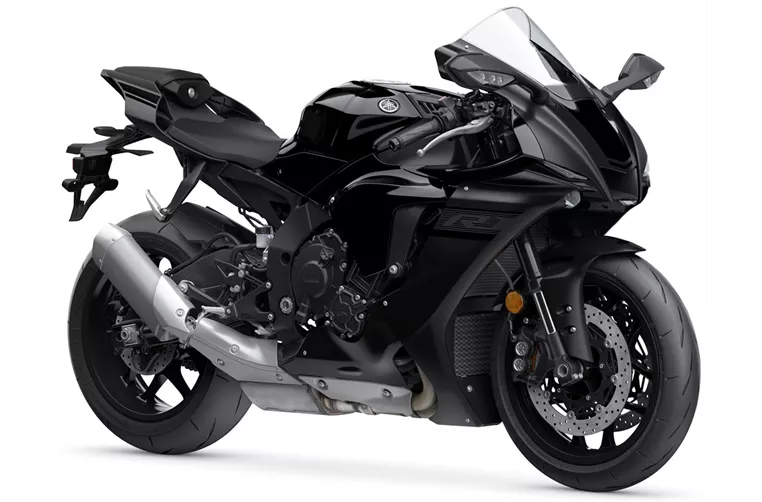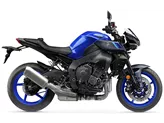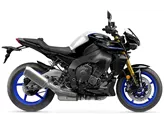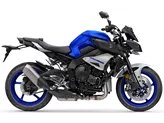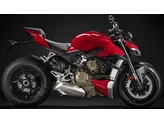Yamaha MT-10 2016 vs. Yamaha R1 2020

Yamaha MT-10 2016
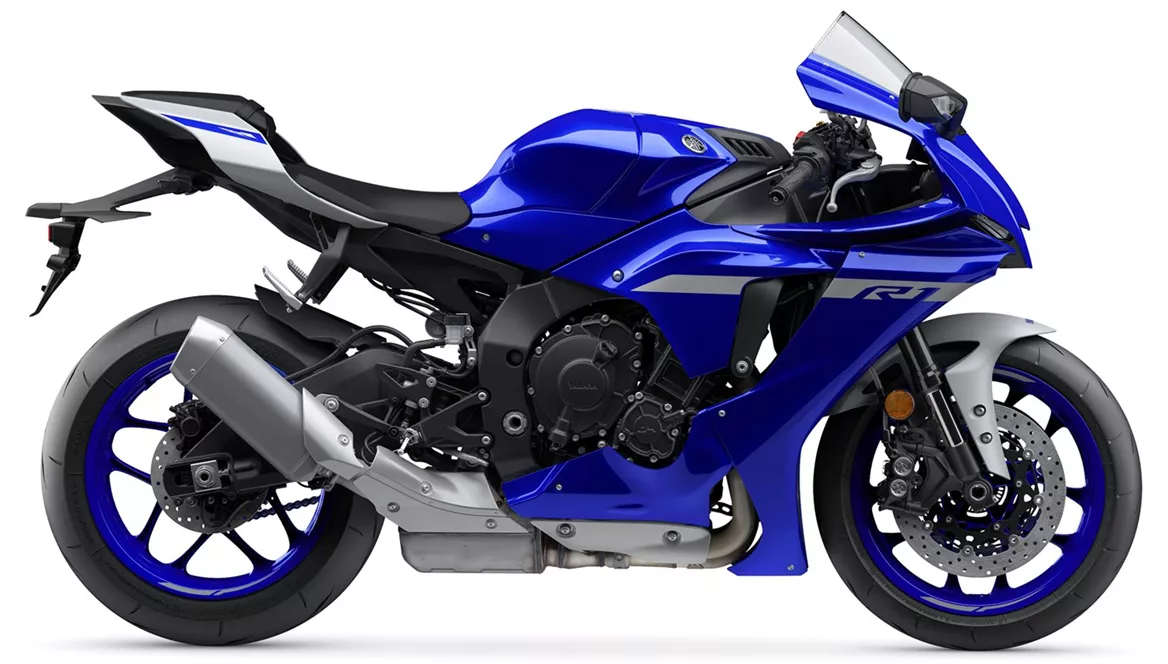
Yamaha R1 2020
Overview - Yamaha MT-10 2016 vs Yamaha R1 2020
The Yamaha MT-10 2016 and the Yamaha R1 2020 are both high-performance motorcycles from Yamaha, but they have some notable differences.
Starting with the technical specifications, both bikes have the same bore and stroke measurements of 79mm and 50.9mm respectively. They also have the same engine displacement of 998cc and feature a liquid-cooled DOHC engine with four cylinders and four valves per cylinder. However, there are some differences in power and torque. The MT-10 2016 has an engine power of 160 HP and torque of 111 Nm, while the R1 2020 boasts a more powerful engine with 200 HP and torque of 112.4 Nm.
In terms of the compression ratio, the MT-10 2016 has a ratio of 12, while the R1 2020 has a slightly higher ratio of 13. Both bikes have an upside-down telescopic fork front suspension and an aluminum Deltabox frame, providing stability and agility. They also have double disk brakes at the front.

Yamaha MT-10 2016
When it comes to advanced rider assistance systems, both bikes feature ABS and traction control. However, the R1 2020 has an additional feature of launch control, which enhances its performance on the race track.
In terms of dimensions and weights, both bikes have the same front and rear tire width and diameter. They also have a similar wheelbase of 1400mm for the MT-10 2016 and 1405mm for the R1 2020. The seat height is slightly higher in the R1 2020, measuring 855mm compared to 825mm in the MT-10 2016. The R1 2020 is also slightly lighter, with a kerb weight of 199kg compared to 210kg for the MT-10 2016. Both bikes have a fuel tank capacity of 17 liters.
Now let's discuss the strengths and weaknesses of each bike. The Yamaha MT-10 2016 is known for its CP4 engine, which provides a strong character and an unmistakable sound. It is also highly agile and offers high-speed stability. The brakes on the MT-10 2016 are strong and reliable.
On the other hand, the Yamaha R1 2020 is praised for its powerful engine and clean response. It also has a great sound without being intrusive. The chassis of the R1 2020 is stable, and it features high-quality electronics. The overall impression of the R1 2020 is described as wonderfully noble.
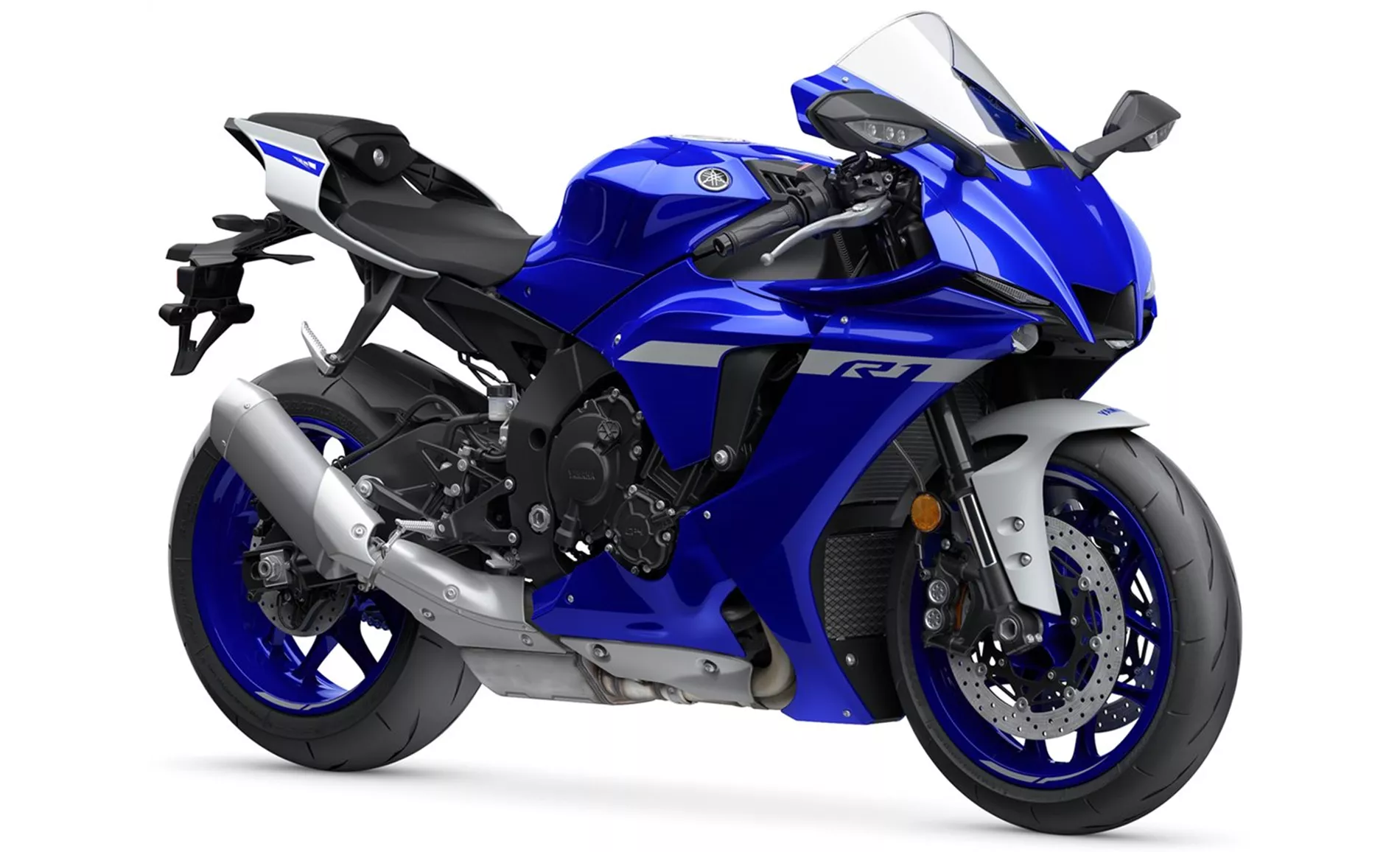
Yamaha R1 2020
However, the MT-10 2016 has some weaknesses. It is criticized for its poor comfort, limited wind protection, and hard fit.
The R1 2020, on the other hand, has a minor weakness in its brakes, which are not considered 100 percent satisfactory on the race track.
In conclusion, both the Yamaha MT-10 2016 and the Yamaha R1 2020 are impressive motorcycles with their own strengths and weaknesses. The MT-10 2016 offers a strong character and agility, while the R1 2020 boasts a more powerful engine and high-quality electronics. Riders should consider their preferences and priorities when choosing between these two models.
Technical Specifications Yamaha MT-10 2016 compared to Yamaha R1 2020
Pros and Cons in comparison
Pros and Cons in comparison
Yamaha MT-10 2016

The short and stocky MT-10 is the furthest away from the R1 superbike of the renowned power naked bikes, both in terms of looks and chassis, but the heart of the MT-10 is directly descended from the racetrack weapon and fascinates with a uniquely raw sound and power from below thanks to the typical crank pin offset, which, with a modified firing order, ensures this unique character. The resulting 160 hp therefore only seem a little weak on paper compared to the more than 200 hp of the R1, in reality the MT-10 also ignites incredible fireworks. The suspension would probably be too soft for the race track, but it is just right for a country road fight, and the brakes do the same - probably only acceptable for the track, but perfect for the country road.
Yamaha R1 2020
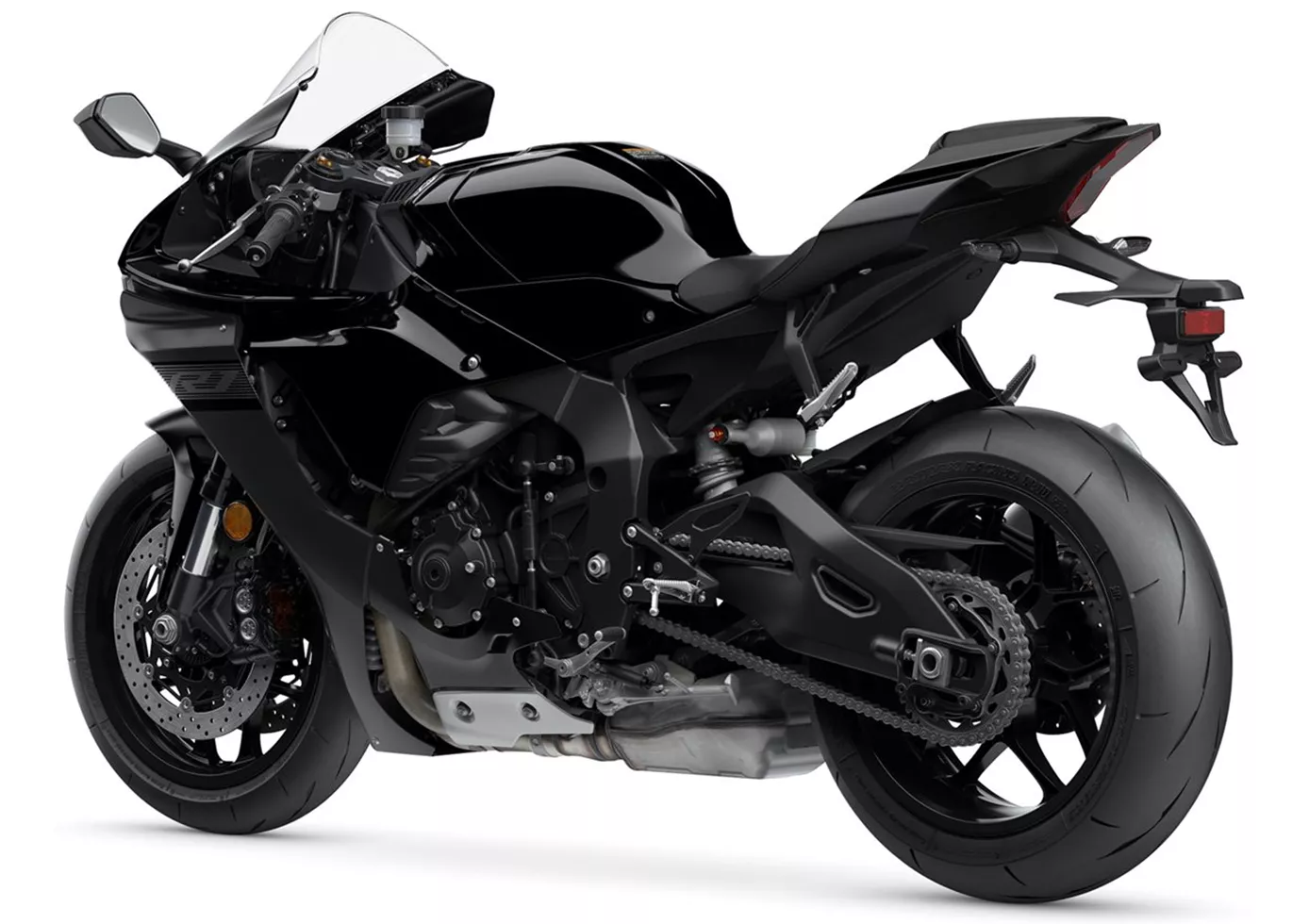
The Yamaha YZF-R1 is mature and makes countless racetrack pilots happy. The engine shines with lightness and agility, the seating position surprises positively and the handling is radical but still "suitable for the masses". The machine immediately stands out visually and also because of the heart-warming sound. Especially on the country road, the bike scores with its well-known strengths: great engine, great electronics, great package! A real pleasure to ride!
Price Comparison Avarage Market Price Yamaha MT-10 vs Yamaha R1
There are a few key differences between a Yamaha MT-10 2016 and a Yamaha R1 2020. In terms of price, the actual average price of a Yamaha R1 2020 is about 110% higher. A Yamaha MT-10 2016 experiences a loss of 800 USD in one year of ownership. This is offset by a loss of 1,240 USD for a Yamaha R1 2020. Compared to Yamaha R1 2020 there are less Yamaha MT-10 2016 bikes available on the 1000PS.de Marketplace, specifically 7 compared to 9. It takes less time to sell a Yamaha R1 with 86 days compared to 97 days for the Yamaha MT-10. Since model year 2016 1000PS.de editors have written 32 reviews for the Yamaha MT-10 and 80 reviews for the Yamaha R1 since model year 2005. The first review for the Yamaha MT-10 was published on 11/17/2015 and now has more than 20,700 views. This compares to more than 3,900 views for the first review on Yamaha R1 published on 4/28/2003.

